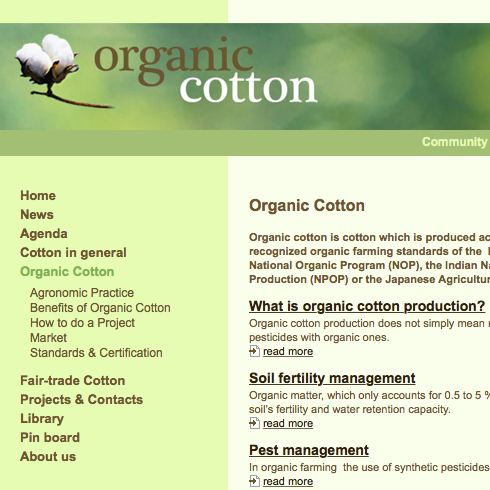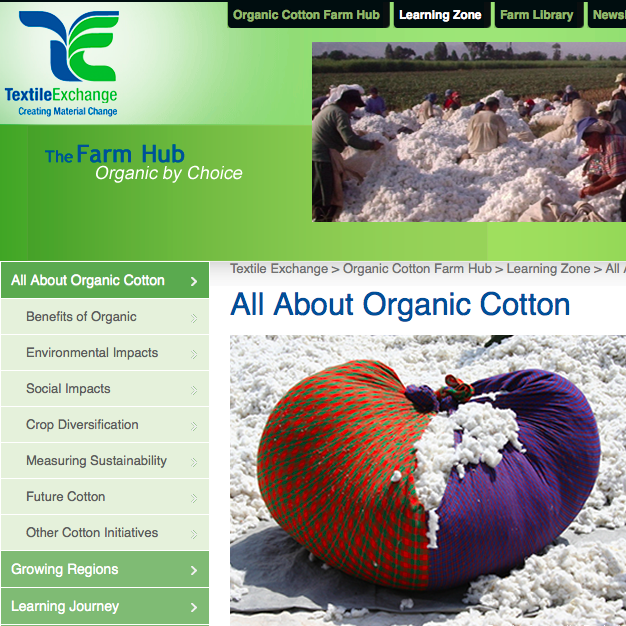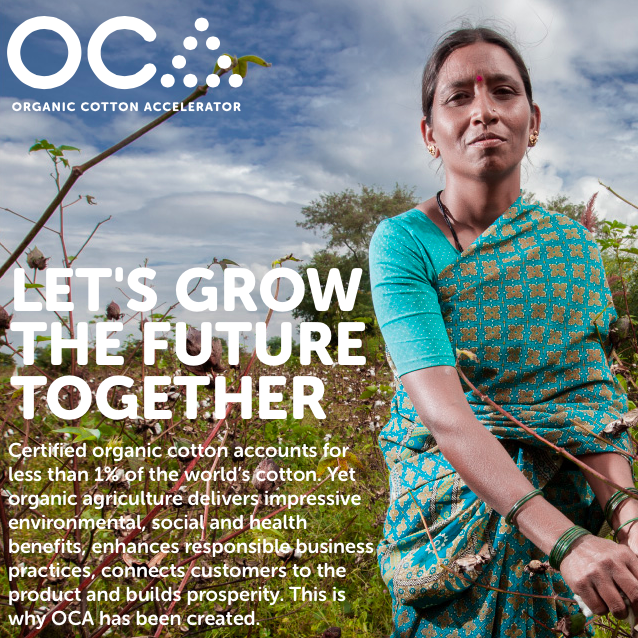My journey back to Berlin coincided with a workshop on organic cotton organised in the frame of the IFOAM Organic World Congress 2014 in Istanbul. The event came just at the right time to complement the learnings of my journey with further insights on the sector.
It was a unique opportunity to meet stakeholders from all over the world: India, Tadjikistan, Kirgistan, Côte d’Ivoire, USA, China, UK, Germany, France, Switzerland and of course Turkey. The participants were a mix of representatives from farmers associations, NGOs, scientists and brands. They used this opportunity to exchange their experience and views, which was, of course, super interesting for a newcomer to the cotton world like me.
We discussed various challenges
- Genetically modified cotton seeds overflow the market. Organic cotton tries to stay GMO-free. What measures can be taken to avoid contamination?
- Teething troubles of the young organic cotton market: After a phase of overproduction (!) of organic cotton peaking in 2008/2009 at 250.000 t, the production has decreased in the last years. In the meantime, demand is rapidly growing and going to exceed supply shortly. How can supply and demand be better connected?
- Transition from conventional to organic cotton farming involves many challenges and risks. How can farmers be better supported to change to organic methods?
- The cotton market is challenged by strong price fluctuations and a lack of long-term commitments by customers. This makes it very difficult for farmer cooperatives to make the right investments . How can losses and benefits be better distributed along the supply chain?
- There is a lot of prejudice against organic cotton, in terms of performance, quality, price and complexity. How can communication on organic cotton enhance its success?
I was surprised to learn how basic education is still viewed as a major barrier at the farmers’ level: many cotton farmers can’t read and have no choice but to trust information they receive from their (conventional) seed and chemicals’ supplier. Reading skills may enable them to get access to further information and help them to form an own opinion.
Organic cotton farming methods are completely different from conventional methods. For example, a successful method in organic cotton farming is crop rotation, uncommon on conventional farms. This means that organic cotton farmers often grow the cotton alongside other agricultural products. Thus they need training and access to further organic product markets. They also need better access to natural fertilizers and pesticides.
During the transition period, the cotton yields often drop during 2-4 years before increasing again, once the soil has recovered from the conventional conditioning. There is still little support offered to help the farmers to overcome this difficult period. Once they made it however, they often have a better life quality than before.
A few initiatives were presented that foster solutions and promote organic cotton. You’ll find plenty of further information on organic cotton there:

Organic Cotton
Global Organic Cotton Community Platform is a joint Swiss-Dutch web platform for the world organic cotton community sharing knowledge on organic and fair trade cotton.

Textile Exchange
Textile Exchange is a US-based organization promoting sustainable practices in the textile value chain.

OC Accelerator
Organic Cotton Accelerator is a new initiative from large companies such as C&A and H&M and cotton associations promoting the organic cotton market.
I went home with a brochure called “Future Shapers: A Decade of Innovation in Textile Sustainability 2002 – 2012” in my pocket. The booklet features a collection of inspiring stories about 10 successful sustainable textile pioneers, such as Patagonia, hessnatur and veja. Well, the efforts by H&M, Nike and C&A are also featured. Anyway, after all the discussions on the challenges the young organic sector needs to overcome to establish itself on the market, this brochure encouraged me to go on with the Misogi Dogi adventure and to face my own challenges with bravery.